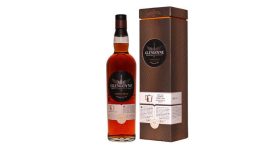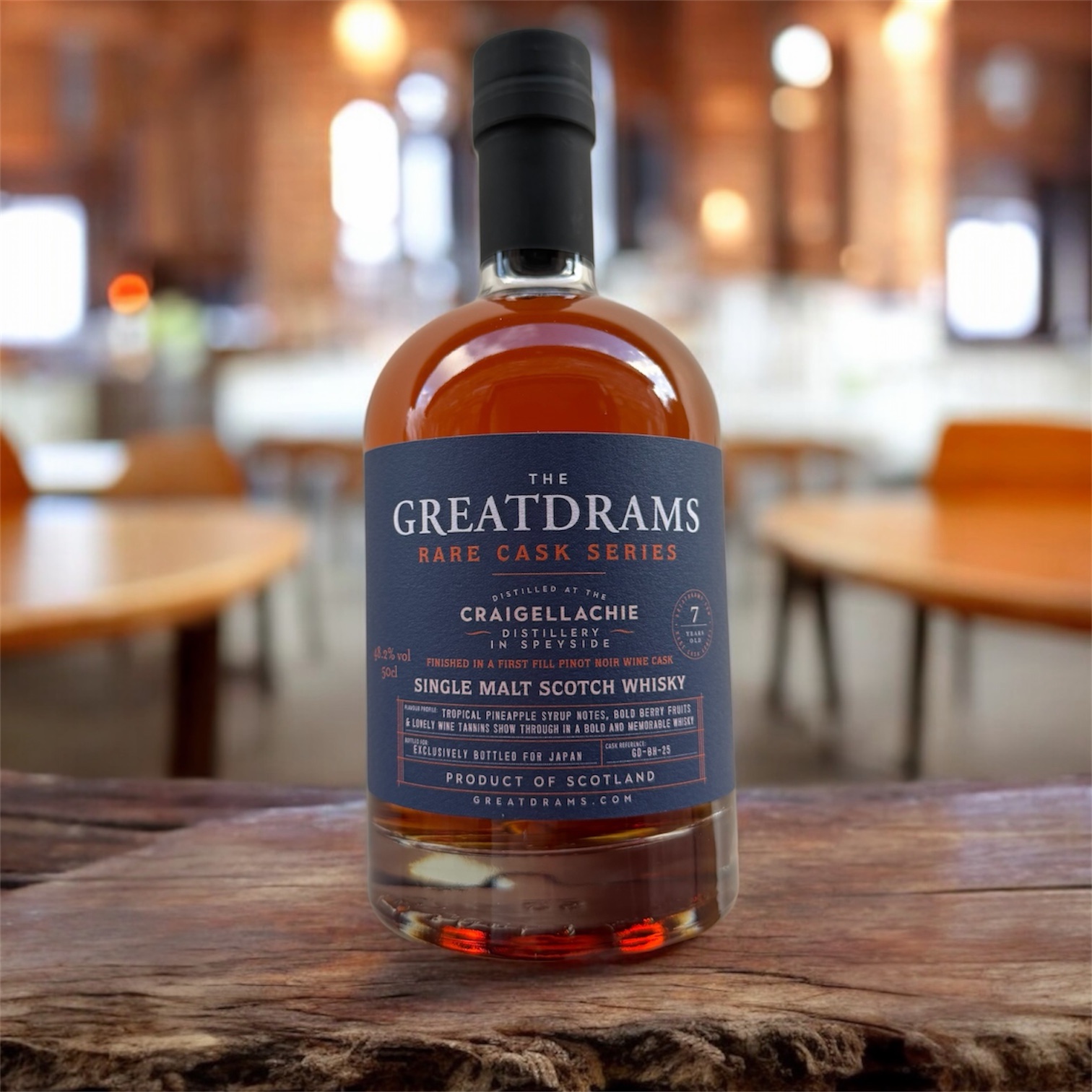Scotch whisky regions are dead, its all about flavour first, then provenance and brand
let’s begin
Big statement? Sure, but it is largely true, and often talked about within the whisky writing, consulting and production fraternity. But is it true that the notion of Scotch whisky regions is now dead? Let’s explore.
Now, the backstory of the regionality within whisky hails from a time, in the 1980s, where Diageo’s Classic Malts were released and tried to make sense of all the single malt options out there through tying the styles to a region, and thus building location brands and flavour expectations.
But that has all changed.
Millennials, the grail for all Scotch producers by the way with their disposable income and promiscuity when it comes to brands, are moving more towards shopping, buying and consuming by flavour, versus place; they are all about exploring what great can be in different styles, vintages and countries, and the Scotch whisky regions the products are from.

Allow me to explain; styles are now cross-pollinated, and not ‘locked’ to one place
Islay, the peatiest and richest whisky region has also got a fair amount of non-peated options; Bunnahabhain, Bruichladdich, an annual release of non-peated Caol Ila, to name just a few.
Speyside, the fruity, soft and floral region also has peated expressions from Glenfiddich (the 125th Anniversary bottling for example, and the 2017 Speyside Festival bottle for example), Benromach is championing Classic Speyside flavour notes which have an undercurrent of smoke to them and others are exploring different woods to create products that could feasibly have come from any region.
The Lowlands, known traditionally for quite light, soft, smooth and floral whiskies now has Ailsa Bay, a softly smoky whisky that is absolutely delightful, but different to other Lowland releases.
Campbeltown, known for Springbank’s cult following and robust, impressive and ‘traditional’ whisky styles now has Kilkerran who released a simply divine 8 year old peated first fill sherry release in 2016 that I called as an Ardbeg in a blind taste test.

Which only leaves The Highlands and Islands.
And this region gets more attention as, when you look at the area it covers on the may, it is huge. And when you see the distilleries within that area you’ll notice so many different styles; from the indulgence of The Dalmore, to the saltiness of Talisker; how can they be classed as a ‘region’ and have flavours built around that notion in consumers’ minds when just two examples out of a significant amount of distilleries are so different from each other?
I don’t believe they can.
I do believe it was a good idea at the time, but as distilleries and brands have evolved with consumer demands for new flavours and wood maturation styles, the regionality has become more diluted and less relevant; even the best supermarkets, who get how their shoppers shop to the nth degree segregate their whiskies out by flavours and styles instead of regions.
I wonder how long the notion of Scotch whisky regions will remain, and if indeed there’s already a cunning marketeer somewhere writing ideas for the next set of whisky classifications on a set of Super Sticky Post-Its somewhere… maybe I will have a punt now…
Do you think the Scotch whisky regions are still relevant? Tell us your thoughts in the comments!













1 thought on “Scotch whisky regions are dead, its all about flavour first, then provenance and brand”
Have to disagree with you on most of this. Walk into any supermarket and you’ll find their own label single malt scotch bottles proudly bearing the regional statements: Highland, Islay & Speyside. Roughly equates to Sherried with a touch of smoke, Very smoky/peated and Light & fruity.
I still believe the concept of regional diversity offers a simple and easily understood categorisation to start explaining why all single malts don’t taste the same. How far you want to go on that journey and if you want to stick to only one flavour category or try them all are entirely up to you.
Let’s not forget this decision is usually made by whisky drinkers who have recently discovered the difference between blended and single malt scotch. Let’s not tear up and throw away the regionality concept too eagerly. From an educational point of view it’s beauty lies in its simplicity, consider the next step up being SMWS’s 12 flavour profiles of which I still can’t recall all of them from memory!